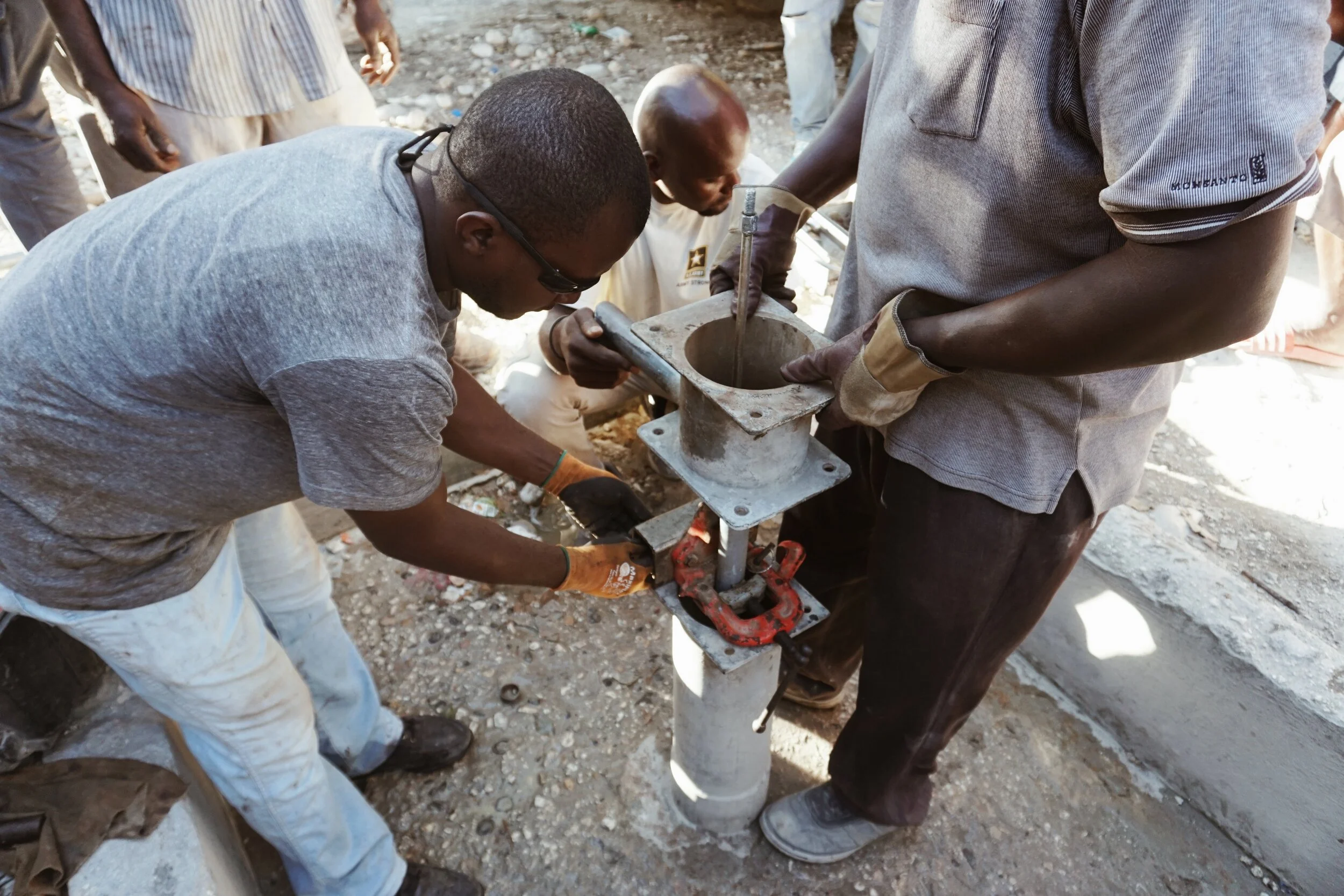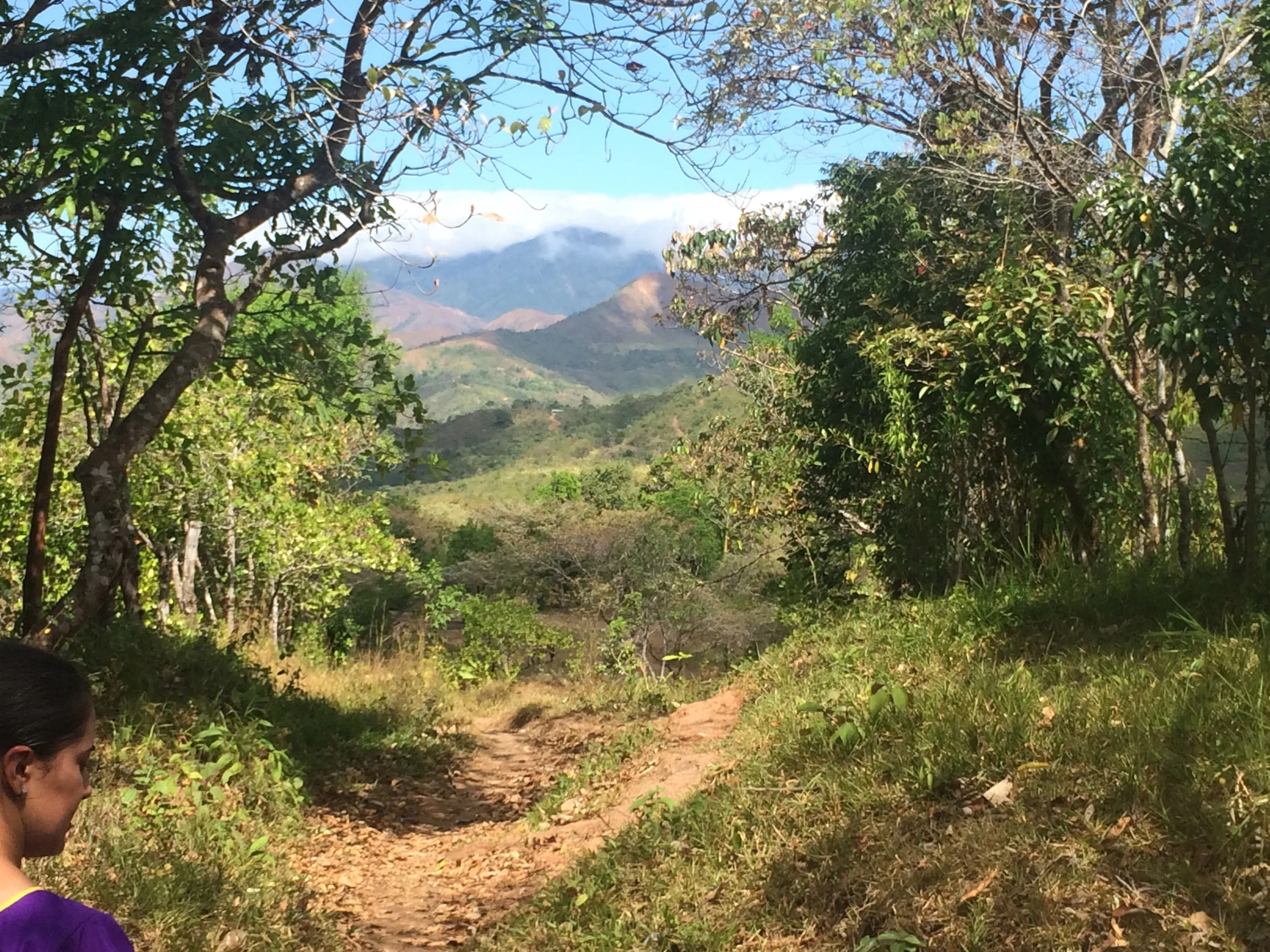As we all try to navigate life through this pandemic, our in-country director, Alan Foster, was able to provide us with a great video update from Panama City that we wanted to share with all of our supporters!
Stuck at Home? Try these Book Recommendations from Solea
As coronavirus continues to spread around the globe, and as local, state, and federal governments continue to implement progressively stricter stay home policies, there has never been a better time to snuggle up in your favorite chair with a good book for the rest of the day.
What does giving back look like? Is there such a thing as giving incorrectly? How do you do effective service? Due to the nature of our work, we consider these questions in regards to each community project we engage in. This list is some of our favorite books related to the topic of development work and inspire us to continue our mission. In the coming days, if you find your interest peaked to learn more, here is a list of recommendations from our team at Solea Water!
When Helping Hurts by Steve Corbett is a non-fiction novel that discusses common perceptions regarding poverty and solutions to relieve it. One of the most interesting points considered is how poverty is defined and what the implications are when different definitions of the word are used for planning service.
Toxic Charity by Robert D. Lupton confronts the American mindset of cultural superiority and how good intentions can oftentimes have destructive outcomes. Lupton describes, for example, how mission trips traveling abroad with items to just give away create a relationship of dependence rather than working in solidarity and providing resources for a community to develop itself.
Mountains Beyond Mountains: The Quest of Dr. Paul Farmer, A Man Who Would Cure the World by Tracy Kidder
The End of Poverty by Jeffrey D. Sachs
The White Man's Burden: Why the West's Efforts to Aid the Rest Have Done So Much Ill and So Little Good by William Easterly
The Blue Sweater: Bridging the Gap Between Rich and Poor in an Interconnected World by Jacqueline Novogratz
Good News About Injustice: A Witness of Courage in a Hurting World by Gary A. Haugen
Memoirs
Little Princes by Connor Grennan is a memoir that describes Grennan’s decision to take a year-long trip around the world, a decision that forever changed his outlook on life. Through a three-month stint volunteering in Little Princes Orphanage in Nepal, Grennan met victims of child-trafficking and upon his return to America, made it his life’s work to reunite the little princes he had met with their families.
Kisses from Katie by Katie J Davis is a memoir of Katie’s work volunteering in Uganda for a year prior to going to college. After returning to the United States and her “normal” life, Katie decided it was no longer what she wanted and returned to Uganda for good. Her story reminds us to see the beauty in the little things and the power in even the smallest actions.
Love Does by Bob Goff is a Christian non-fiction novel that encourages readers to see the incredible in what is usually considered to be ordinary. Each chapter is as compelling as the last, whether including a whimsical life experience or an eye-opening discussion, and is guaranteed to inspire you.
How to Repair a Hand Pump
Almost all of our work in Port-au-Prince, Haiti has consisted of repairing hand pumps on the thousands of broken wells scattered around the city. Many of them were put in by large NGOs to provide a free, public water source, but unfortunately are ill-maintained and over-used. The harsh conditions of Haiti’s environment coupled with frequent use lead to hand pumps breaking down in one capacity or another every couple of years. This leads an entire community, dependent on that well for water, to walk further to the neighboring community to get water, which then leads to the overuse of yet another hand pump.
Our amazing well repair team gets calls every day from communities that need their hand pump repaired. For around $800 we can restore access to clean water for a large community in just a few hours of hard work.
Many people ask why communities can’t repair their own wells, and unfortunately, when unskilled community members try to fix a hand pump without the proper tools, it can lead to the pipes and sucker rods falling down the borehole beyond reach. And that renders the well unusable until the pipes can be drug back up. Our well repair team has specific clamps, safety blocks, and specific wrenches to ensure the pipes stay within reach. Additionally, we often see pipes like this that are rusted through and need replacing, at a cost simply out of reach for most communities.
We thought you might like to see exactly how a well repair is done, so come along with us and see!
Our Water Technician Pitterson (left) talking with one of the community leaders about the broken well
Step 1
First, after arriving at the site of the well-repair, we inspect the well in its current state and talk to leaders in the community about the problems they are having with it, how long its been broken, etc.
Step 2
Then, we start the repair process by removing the old parts from the well (the head, handpump, spout, and then the pipes, rods, and pump). This is done by lifting each pipe out of the well one-by-one until they are all out. It usually takes 3 or 4 people to lift each pipe!
Our team in Haiti lifting a pipe out of the well
Step 3
Once these are removed, we inspect all of the parts for damages. We try to refurbish any parts that are salvageable, and any parts that are too worn out we discard.
Pitterson refurbishing the well pump
Another team member refurbishing the pump casing
Our partners Jean and Pitterson measuring the depth of the water
Step 4
Next we measure the depth of the well. This is done by using a weight attached to the end of a tape measure and dropping it down the well. We measure both the distance from the surface to the water, and the depth of the water itself to know exactly how many pipes we ill need to install.
Step 5
We pour a chlorine solution into the well that will kill any bacteria or contaminants that may have gotten into the well while removing the old parts, or new bacteria that will get in while we install the new parts.
One of our water technicians adding the chlorine solution to the well to kill bacteria
Our Country Director Jean reinstalling the refurbished pump
Our team lowering new pipes into the well
Step 6
We then connect the pump (new or refurbished) to the first piece of new pipe. We lower the pump and pipe into the well, and then add on additional pipes until the pump is submerged in the water.
Our team screwing on the spout
Our team screwing on the head and handle
Step 7
We then install the spout, head, and hand pump (new or refurbished) on top of the well.
Pumping out the old water until it runs clear
Step 8
Final step! Once everything is screwed into place, we pump the hand-pump for about 20 minutes, or until the water begins to run clear. This is to remove the old water that has been sitting in the well since its last use, and also to mix the chlorine solution into the water so that it will be safe to drink.
This well repair is a compilation of several photos from repairs completed in February 2020. For more information on all our other projects in Haiti visit our Haiti Projects Page.
2019 Annual Report
25,145 people drinking clean water.
In four years, that is the number of individuals that YOU have allowed us to serve with clean water. Our 2019 Annual Report covers our total impact from last year, showing how we served 4,850 new individuals through water projects.
From well repairs in Haiti, to full community infrastructure installation and maintenance in Panama, Solea Water works with in-country partners to ensure long term sustainability of water projects through empowering local leaders.
Read through the report to see highlights of last year, and a glimpse ahead of 2020 - including upcoming projects in a brand new country.
The Secret Life of Coffee Beans
But, depending on the brand, if it’s easy to perpetuate harm like unfair wages through drinking a cup of coffee, then the reverse also true. As Rebecca Scott says in this TED talk, you can become a superhero just by drinking a cup of coffee.




















